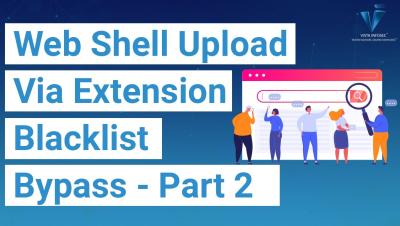PROXY.AM Powered by Socks5Systemz Botnet
A year ago, Bitsight TRACE published a blog post on Socks55Systemz,a proxy malware with minimal mentions in the threat intelligence community at the time. In that post, we correlated a Telegram user to the botnet operation and estimated its size at around 10,000 compromised systems. After a year-long investigation, we are shedding new light on these conclusions.











